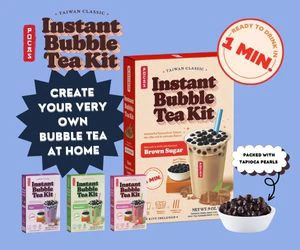In this new edition of the Retail Academy, and taking advantage of the beginning of the year, we take a break from the in-store operation to pay attention to a decisive point in our sales and inventory optimization objectives: supply planning.
Supply planning is one of the most essential topics for retailers because of its relevance and configuration. Our stores must integrate with their customers or markets in a total operating environment.
The power of this structure lies in its ability to reveal the interplay between customer needs, formulate appropriate response strategies, and then successfully execute those strategies by all our teams.
What benefits and value does supply planning create for us?
Benefits
Let’s make the customer’s life easier. Improve logistics service from our central warehouses or the central warehouses or suppliers to the stores; decrease lead times and increase our service and quality. Our customers should practically not know what the word “shortages” means in our shelves and services.
Let’s make the customer’s problems our own. This will result in a shorter response time to the problem raised and make us deliver on our promises.
Get the customer more options. We can do this if we know the customer’s wishes well and limit ourselves to these, allowing us to eliminate costly and useless options.
Related Article: The Retail Academy: Customer Service
Value of Supply Planning
It is important to note that supply management in stores is a daily obligation due to the many conditioning factors such as sudden changes in product prices due to inflation, weather, change of critical days from one year to the next, etc.
Planning is fundamental to a much more organized year, helping to impact sales and our company’s entire financial operation positively. Otherwise, purchases above sales forecasts will result in cash flow problems, while purchases below sales will cause us to lose customers and profits.
These supply planning tools are helpful for chains with automatic planning software and smaller, independent stores where they can do it with simple spreadsheets.
Let’s start by analyzing “bought vs. sold” from the previous year to work on the year’s different seasons and ask the following questions: Did we have shortages? Did we have excessive surpluses?
Based on this information and our sales budget, we will write the data by area and create our first supply forecast. To this forecast, we must include updates on products that have changed sales trends and be fully up-to-date and in contact with our manufacturers and suppliers.
Good supply planning is the basis for our success and keeping our customers happy and proud to visit us.


